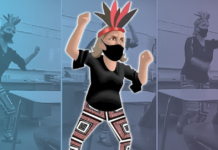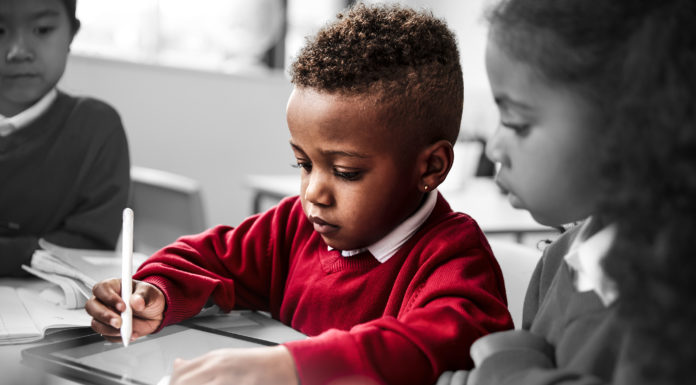As a person of color, I am a huge advocate of providing all students with a diverse curriculum. Unfortunately, I am disappointed with how this is typically implemented. When heritage and history months come around for certain groups, like Black History Month in February, Hispanic Heritage Month from September 15-October 15, or Native American Heritage Month in November, too many educators give a surface level overview during that month and move on. Many times, these groups are not even mentioned in the curriculum during the rest of the year. What is even worse is some of the surface level information is romanticized and told from only the white perspective.

Although my family is aware of the history, we still gather on Thanksgiving. We come together to show appreciation for each other and gratitude for what we have. My dad always provides a history lesson. He talks about his grandmother. He reminds us of the history we were not taught in school. As an educator, I do the same in the classroom. It has not been without pushback. As a child, I received an education at school, but I was also taught history at home.
The history I was exposed to at home included multiple perspectives, and every story did not end with happily ever after like the first Thanksgiving story typically ends in some schools across America. There is nothing happy about breaking bread with someone who eventually commits genocide against your people. My great-grandmother was half black and half Native American. We don’t know which native group because my paternal great-grandparents chose not to share much about their past or history because they were on the run. The Ku Klux Klan burned their home to the ground twice in Georgia. After the second arson, they fled and kept traveling until they stopped in Indianapolis. I find it ironic they moved to Indiana especially since the Ku Klux Klan has a long presence in this state. My grandmother was their first child born in Indiana.
During my first year in the classroom, I taught in the suburbs. All my students were white except for three. I had my students read the suppressed speech Wamsutta (Frank B.) James was supposed to give in Massachusetts during a dinner to celebrate the 350th anniversary of the pilgrims’ arrival. Once the event organizers realized he was going to tell the truth about what happened to Native Americans, he was not allowed to give the speech. We also discussed why some Native Americans participate in the National Day of Mourning on Thanksgiving. I was accused by some white parents of attempting to indoctrinate their children with alternative views. If those parents would have sat in my classroom, they would have seen their children participating in a discussion they led where I allowed them to come to their own conclusions.
We need to stop sugar coating history. Students need to be exposed to all sides and hear the perspective of all groups who were part of historical events. Thirteen years later, I am continuing my mission of sharing diverse perspectives. Now, that I’m a librarian, my time to teach lessons with students is limited. This year, I had students read and discuss the article, “Why Thanksgiving is a ‘National Day of Mourning’ for Some Americans.” Thanksgiving week was not the first time this school year, where I have incorporated Native Americans in my curriculum, and it will not be the last time either.
Good educators are also good learners. As a black person, I’m still learning the history of black people. To teach diverse perspectives, I have to read diverse books. This year I read, and plan to reread, An Indigenous Peoples’ History of the United States” by Roxanne Dunbar-Ortiz. In the introduction of her book, Dunbar-Ortiz emphasizes why books like hers are needed:
To say that the United States is a colonialist settler-state is not to make an accusation but rather to face historical reality, without which consideration not much in US history makes sense, unless Indigenous peoples are erased. But Indigenous nations, through resistance, have survived and bear witness to this history.
I live in the state of Indiana. Our state’s name is based on the fact that Native Americans were on this land. Some reside in our state today. I’m calling for Indiana educators and all educators to do better.
I am also part of the Indiana Department of Education Cultural Advisory Competency Council, and as I was writing this piece, council members received an email about some problematic lessons about pilgrims and Native Americans that took place in this state. Our students are the future. If we expect them to be able to live together with people who are different than them, better than we are currently doing, we have to begin with telling the truth and including diverse perspectives in our classrooms. It’s hard to live in peace and harmony if you can’t see and understand someone else’s perspective.









